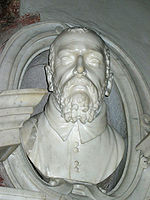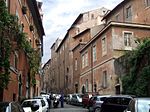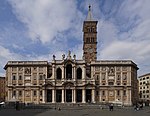Catacombs of Rome

The Catacombs of Rome (Italian: Catacombe di Roma) are ancient catacombs, underground burial places in and around Rome, of which there are at least forty, some rediscovered only in recent decades. Though most famous for Christian burials, either in separate catacombs or mixed together, Jews and also adherents of a variety of pagan Roman religions were buried in catacombs, beginning in the 2nd century AD, occasioned by the ancient Roman ban on burials within a city, and also as a response to overcrowding and shortage of land. The most extensive and perhaps the best known is the Christian Catacomb of Callixtus located near the Park of the Caffarella, but there are other sites, both Christian and not, scattered around the city, some of which are now engulfed by modern urban sprawl. The Christian catacombs are extremely important for the history of Early Christian art, as they contain the great majority of examples from before about 400 AD, in fresco and sculpture, as well as gold glass medallions (these, like most bodies, have been removed). The Jewish catacombs are similarly important for the study of Jewish culture at this early period.
Excerpt from the Wikipedia article Catacombs of Rome (License: CC BY-SA 3.0, Authors, Images).Catacombs of Rome
Viale del Monte Oppio, Rome Municipio Roma I
Geographical coordinates (GPS) Address Website Nearby Places Show on map
Geographical coordinates (GPS)
| Latitude | Longitude |
|---|---|
| N 41.894444444444 ° | E 12.498333333333 ° |
Address
Basilica di San Martino ai Monti (Santi Silvestro e Martino ai Monti)
Viale del Monte Oppio 28
00185 Rome, Municipio Roma I
Lazio, Italy
Open on Google Maps











